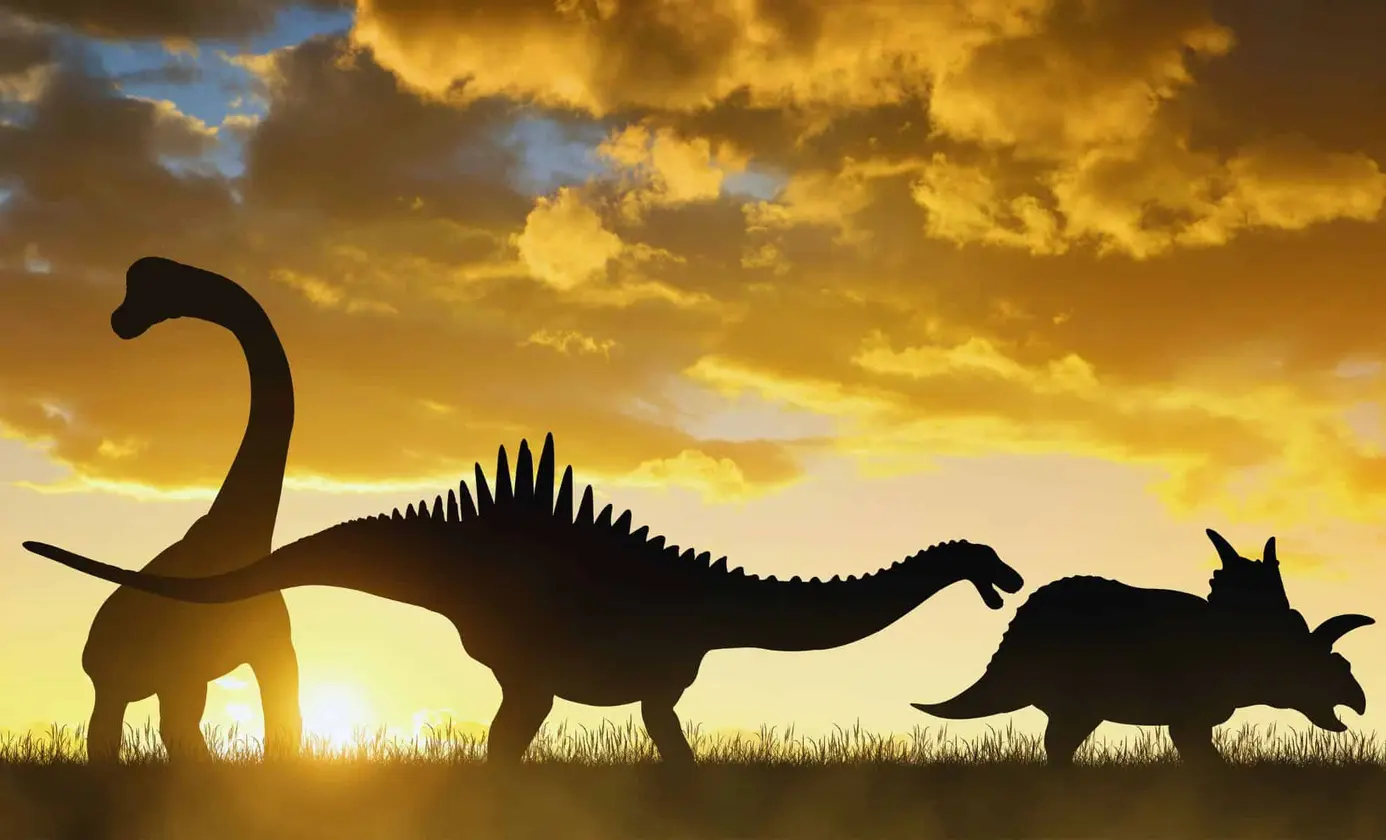T4K3.news
Study Reveals Size Gaps in Ancient Human Ancestors
New findings show early hominins had extreme size differences between genders, suggesting complex social structures.
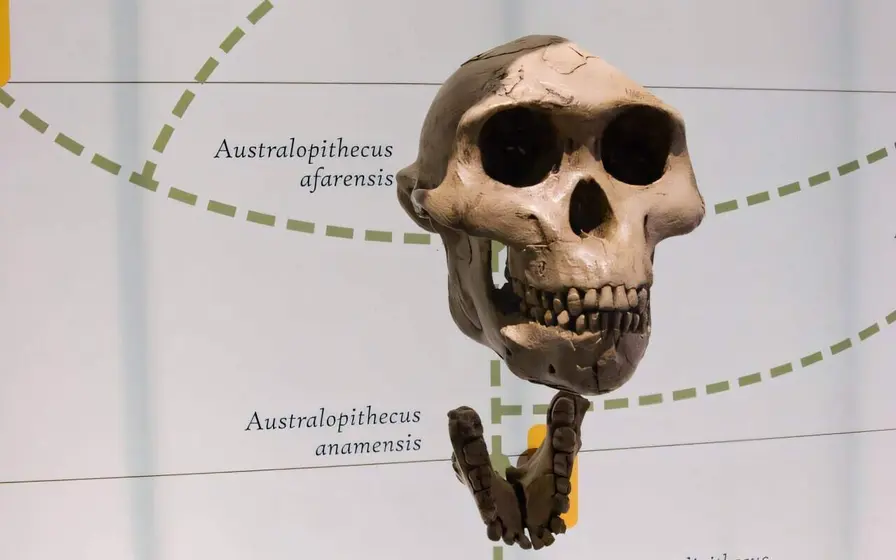
New research suggests early human ancestors lived in more competitive societies than previously thought.
Ancient Ancestors Reveal Dramatic Size Differences Between Genders
A recent study indicates that male Australopithecus afarensis were significantly larger than females, showcasing one of the most extreme examples of sexual size dimorphism in primates. Research by Adam D. Gordon from the University at Albany highlights that this size difference pushes early hominins closer to the extreme dimorphism seen in modern gorillas, pointing to social structures filled with intense male competition. While Australopithecus africanus showed less size difference, the findings still suggest varied evolutionary pressures on early human relatives, indicating a more complex social landscape.
Key Takeaways
"These weren’t modest differences,"
This statement emphasizes the substantial size gap between male and female Australopithecus afarensis, underscoring the intensity of their competition.
"Sex-specific evolutionary pressures played a larger role in early hominin evolution than previously believed."
Gordon's observation points to the significant impact of competition and resource stress on evolution.
"The significant difference in the amount of dimorphism suggests selection pressures distinct from modern humans."
This highlights the varied evolutionary paths of closely related species, refuting the notion of a unified social structure.
"These closely related hominins were subject to more distinct pressures than any living ape species."
This insight reflects the complex and competitive nature of early hominin life histories.
The confirmation of substantial size differences in Australopithecus afarensis challenges previous understandings of early hominin social structures. This research suggests that male competition for mates and resource acquisition significantly shaped the evolution of these species. In doing so, it points to a social system where dominant males had control over mating, potentially resulting in different strategies for survival among males and females. This insight opens the door to a broader understanding of how social hierarchies may have influenced human evolution, suggesting it was not a straightforward progression but a branching path of diverse survival strategies.
Highlights
- Ancient ancestors had social structures more competitive than we thought.
- Size differences between genders reveal the complexity of social life among early hominins.
- Evolution was not a straight path but a branching landscape of competing strategies.
- Our ancestors may have faced intense competition for survival and mates.
Potential Implications for Understanding Human Evolution
This research may provoke discussions about the social structures of early hominins, which could lead to debates on gender roles and evolutionary pressures.
Understanding the diversity in our ancestors' social structures may reshape how we view human evolution.
Enjoyed this? Let your friends know!
Related News
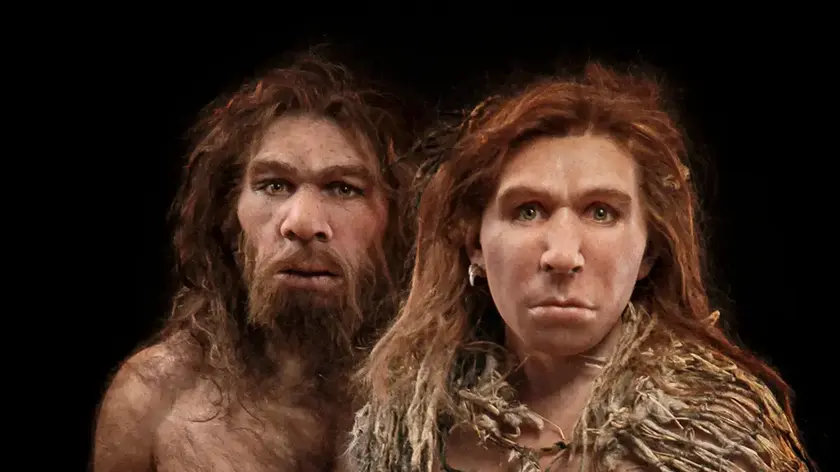
New findings reveal connections between humans and Neanderthals
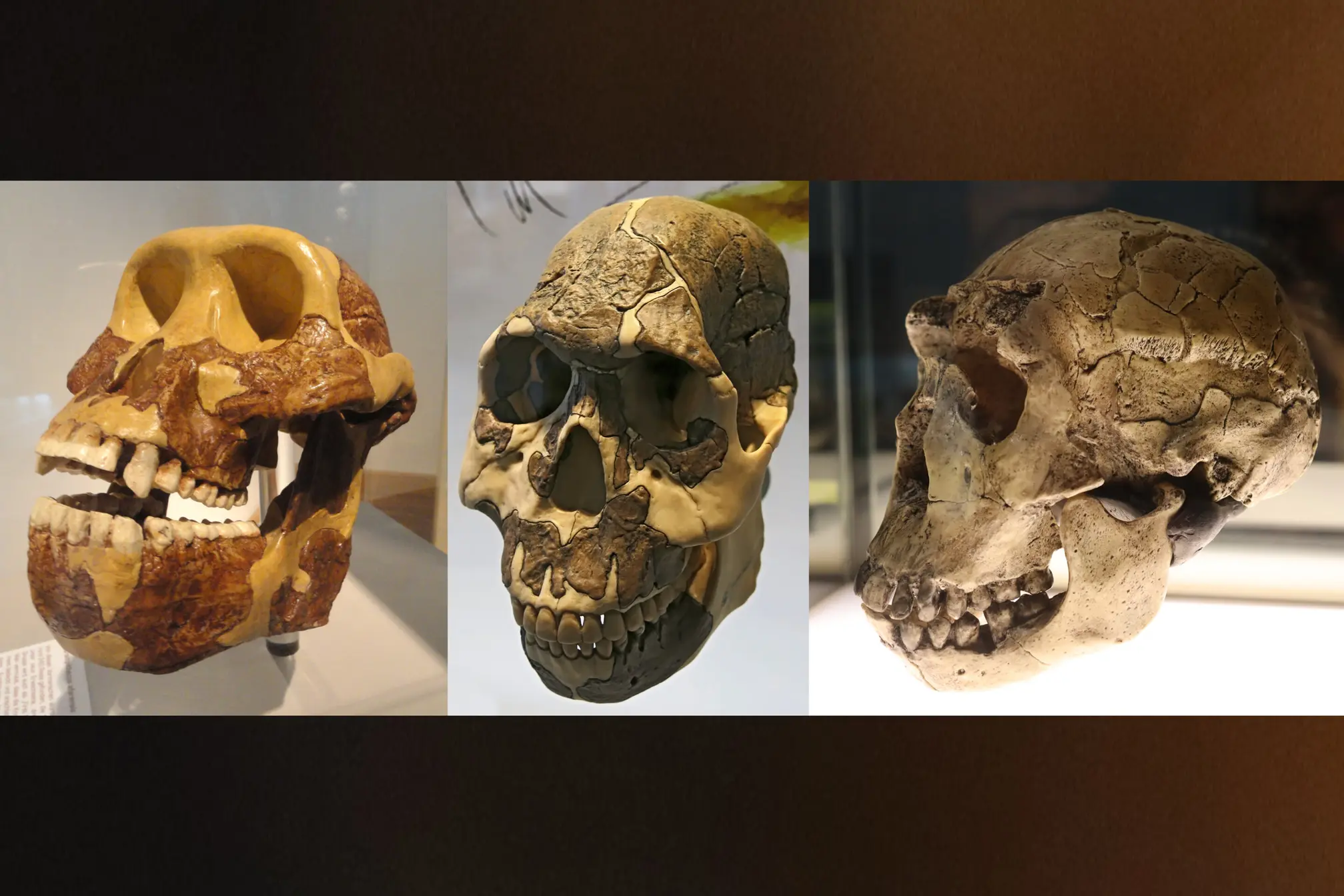
New research highlights diet's role in human evolution
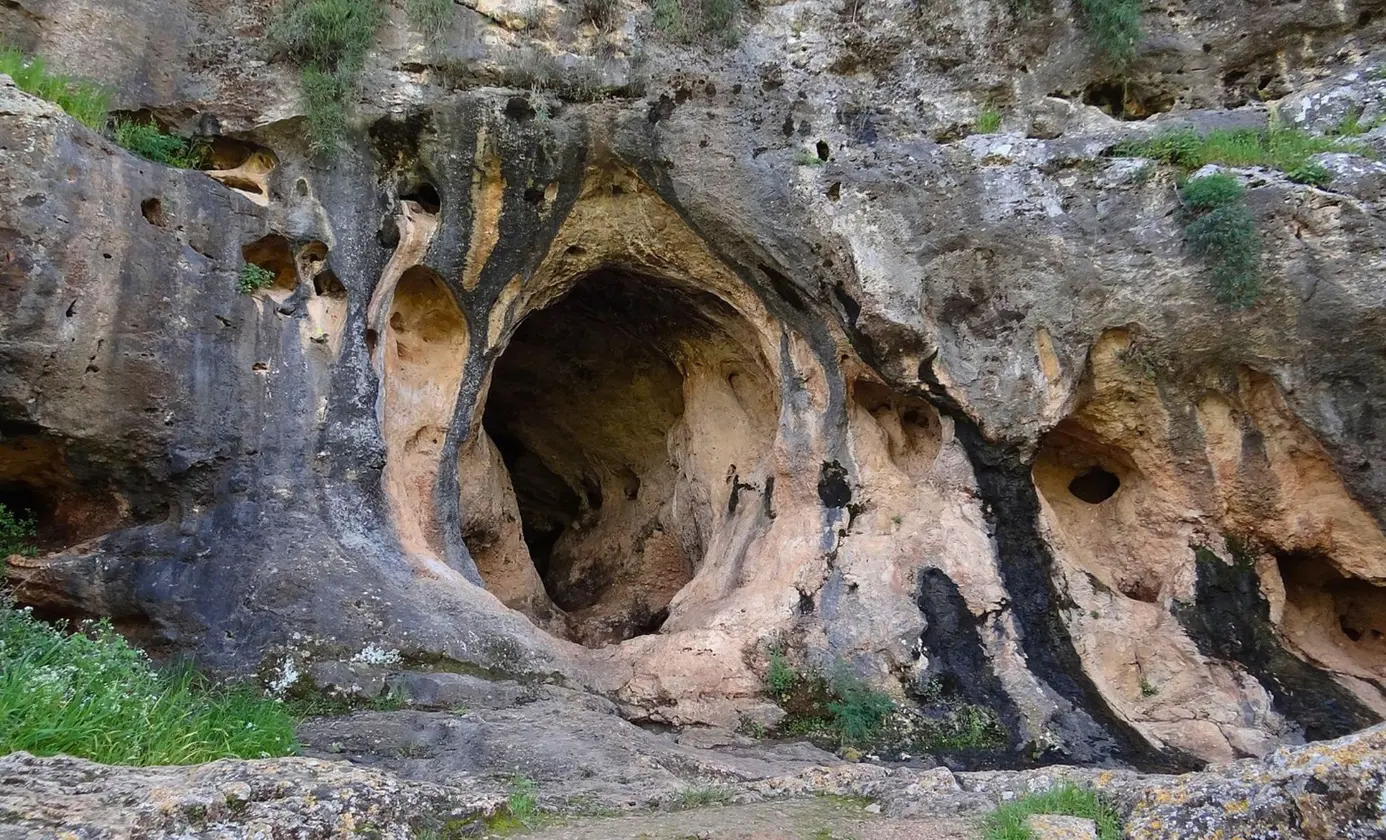
Ancient Child Skull May Change Our View of Human Evolution
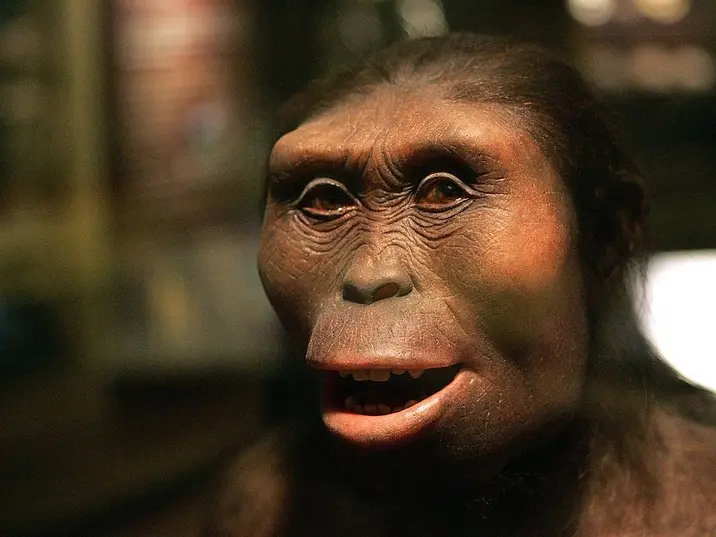
Research reveals 30 ancient human species

Research shows evolution shaped human smiles
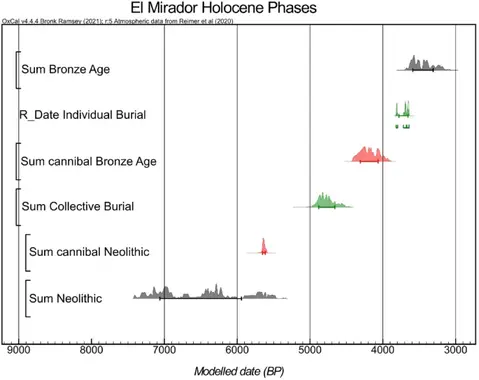
New evidence reveals cannibalism in ancient Spain
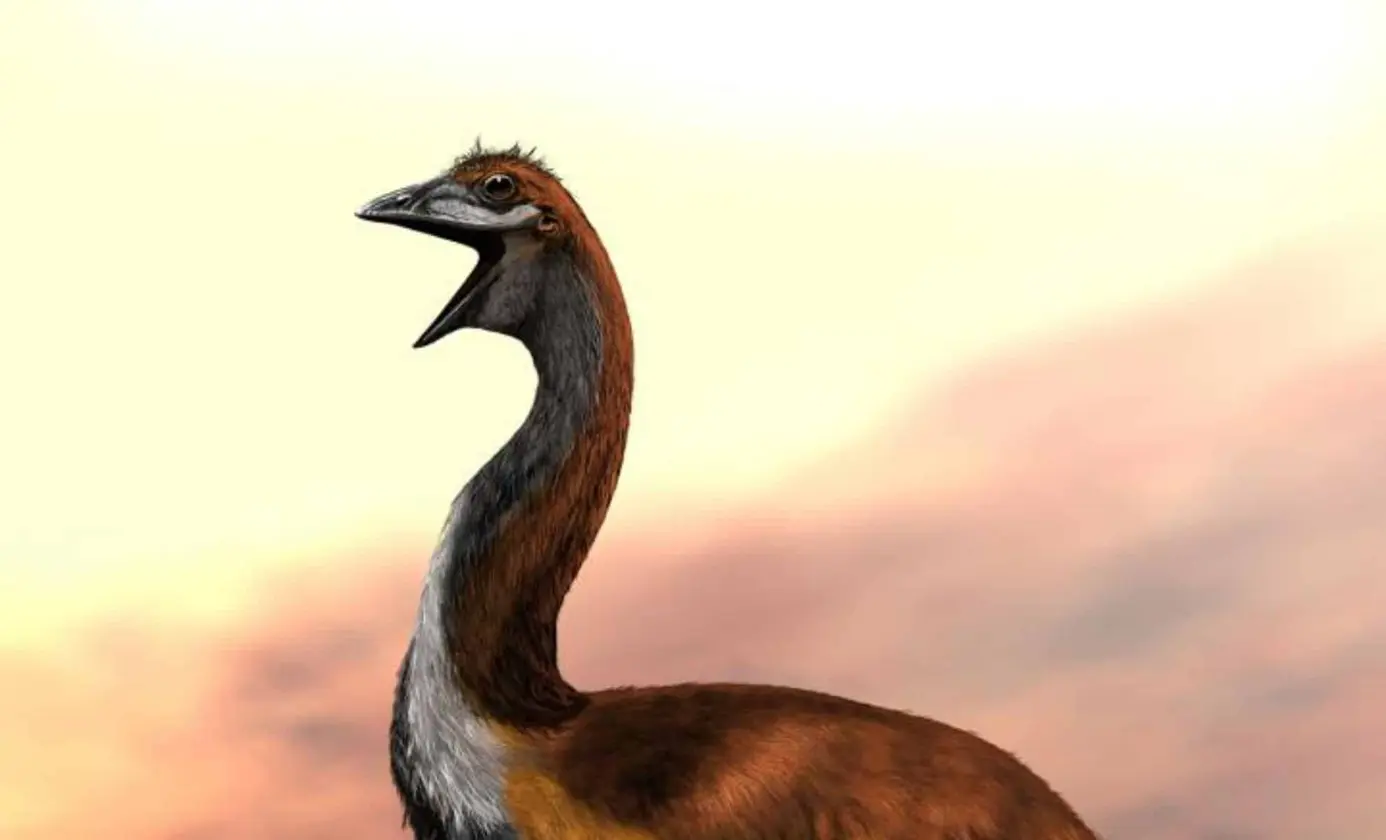
Ancient DNA rewrites elephant bird family tree
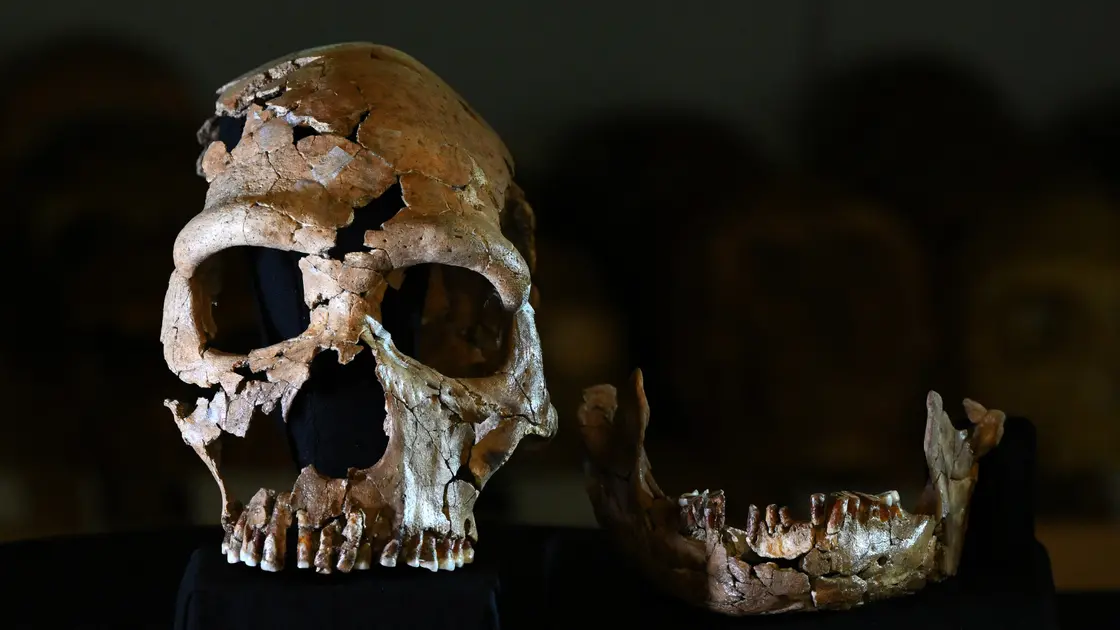
Research links Neanderthal genes to brain condition
